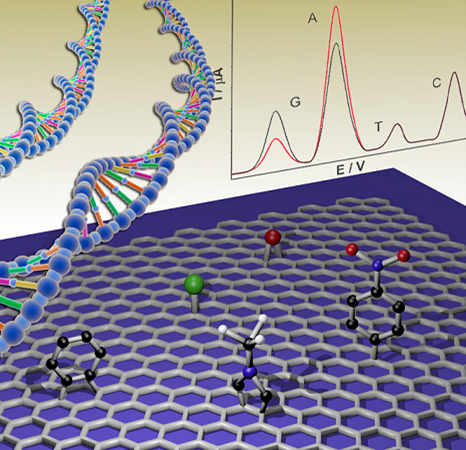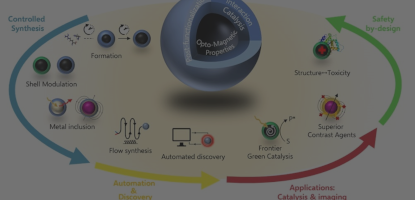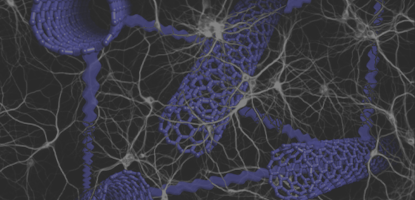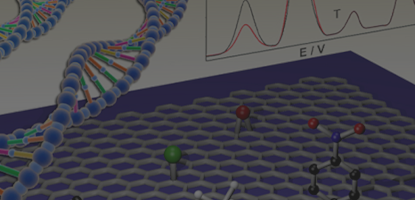This research line takes advantage of some carbon nanoforms to allow efficient electron transduction. Using some recognition motives anchored on graphene or carbon nanotubes, very selective sensors can be prepared.

This project focuses on the development of functional carbon-based interfaces with enhanced performance in the field of biosensing and diagnostics. Carbon nanotubes (CNTs) and graphene (G) have a tremendous impact in biosensor design and preparation, in particular as electron transducers in electrochemical devices and field effect transistors. In practice, CNT- or G-based interfaces lead to platforms with large surface areas, enhancing the surface loading of the desired biomolecules and increase the sensitivity. In addition, the surfaces possess excellent conductivities with small band gaps, which are beneficial for transferring electrons among the biomolecules and the electrode surface and for semiconductors. Besides, the possibility of covalent or non-covalent functionalization of these carbon forms allows for the fine-tuning of the materials intrinsic chemical and physical properties, along with the attachment of different recognition motifs (e.g. antibodies or genetic moieties) or other functional materials. All these properties enhance exponentially the fields of action of the modified bioelectronic implants and analytical sensors, including the highly sensitive detection of cancer cells. The group also carries out basic research, studying a wide variety of methodologies for functionalization of carbon-based materials (GBMs), such as supported or unsupported graphene, reduced graphene oxide or CNTs, mainly based on new cycloaddition and radical reactions. Of interest is also the preparation of multifunctional GBMs for broader applications, such as the design and preparation of new molecular materials with useful optical, electronic and/or biomedical properties.




